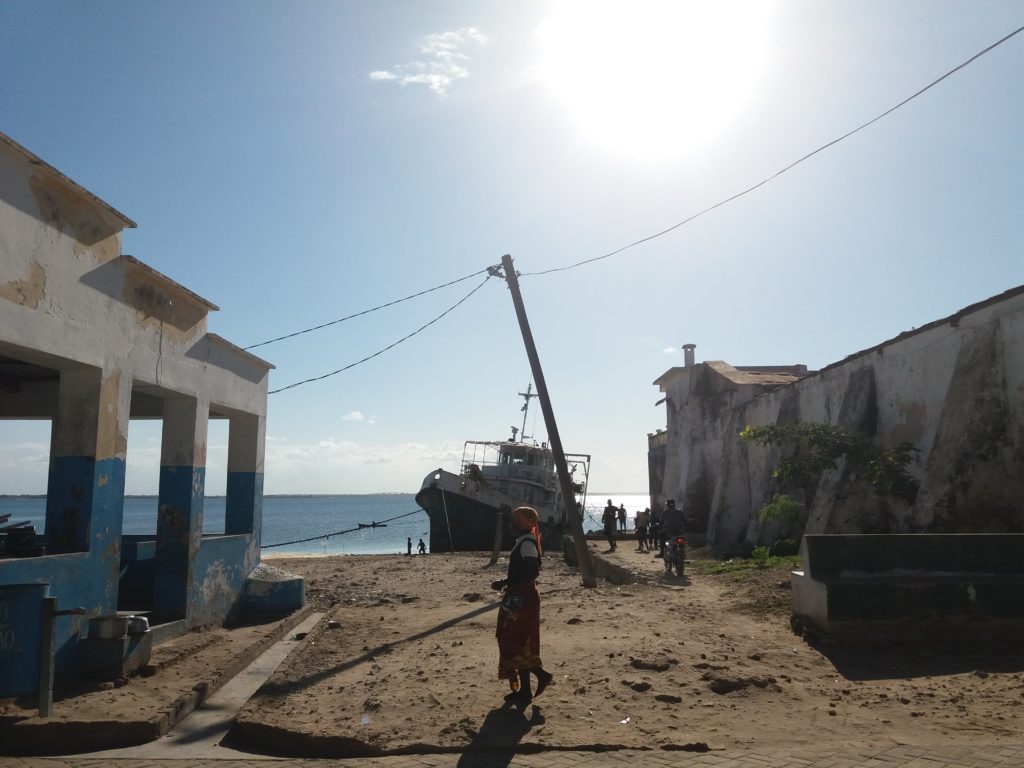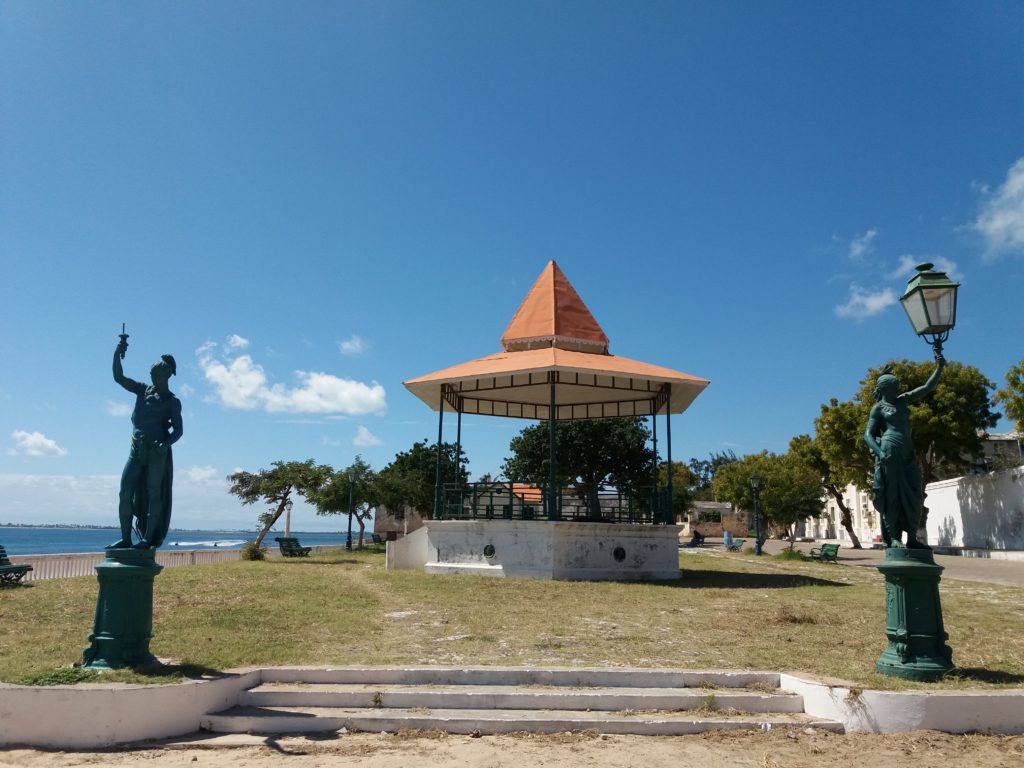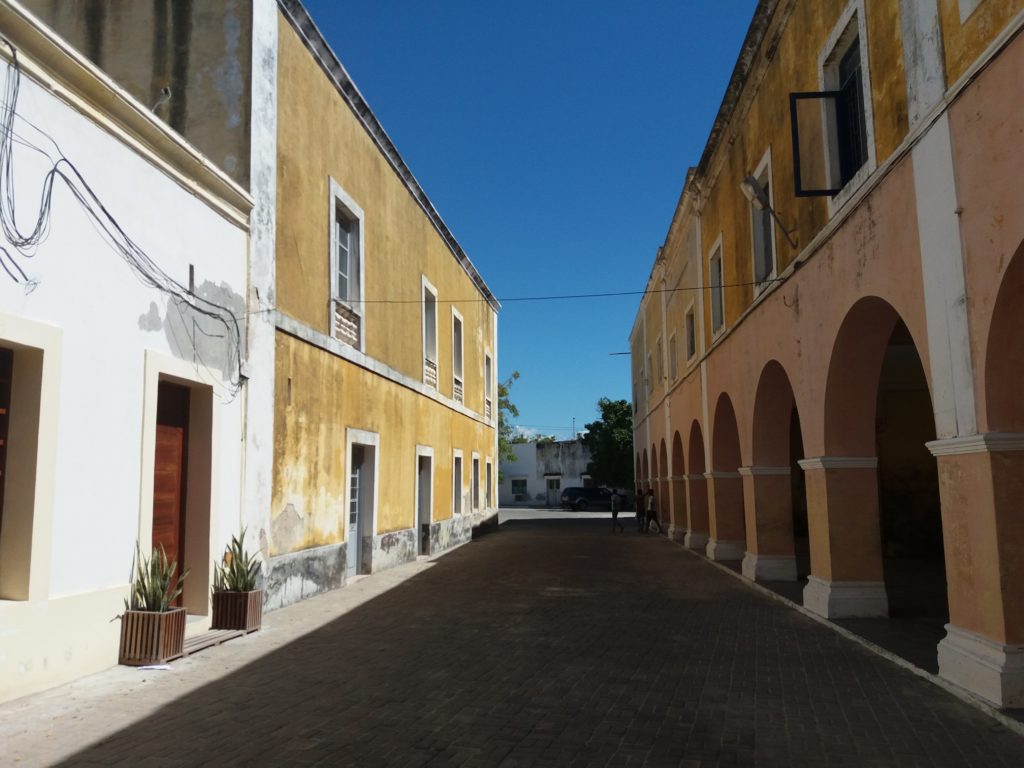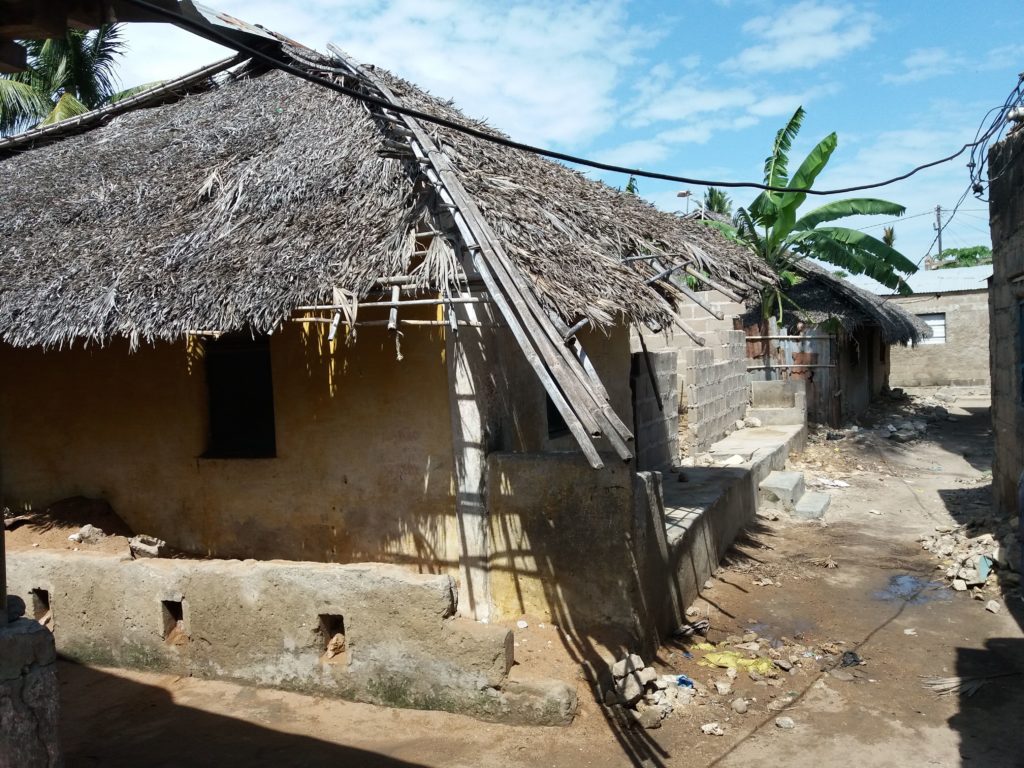Island of Mozambique – Living through Heritage

Often described as frozen in time, Island of Mozambique is a cultural melting-pot. Its inhabitants have learned how to constantly adapt to new external factors – either the arrival of a new political force or the challenges of climate change. The Island’s urban planning has a pronounced architectural division at its centre, dated from the 19th century. Connected to mainland Mozambique with a bridge on its southern end, the streets become progressively less crowded as we cross the Island into Stone City (Cidade de Pedra), on its opposite end. Even though most attention goes to the latter, the majority of local’s daily routines take place in the Macuti part of the Island. The markets, main mosque, and fishing activities are all located in this area, despite the difference in infrastructure, and the sewage system.
Island of Mozambique has caught the attention of several peoples, throughout the years, all leaving part of their heritage, knowledge systems, traditions. Mozambique’s history can be traced back to around the year 200 CE with the progressive occupation of the territory by the Bantu people. It is said that it is where the majority of today’s population descends from. Accounts from the Persian and Arab world report that in the 1st millennia international trade was taking place from the port of Sofala, south of the Island of Mozambique. The Island has strong swahili, arab, portuguese, indian influences, all a direct reflection of its endurance through time.
It was viewed as a strategic commerical outpost in the Indian Ocean, inserted in the maritime trade with India, later expanded to Europe and to the Americas. Until the XIX the Island was deeply connected with the slave trade, a legacy that still has its imprints.
In 1818, Island of Mozambique was elevated to a city, a date celebrated locally today. Nevertheless, its importance continued to decay and in 1898 the Island lost its capital status to Lourenço Marques in south Mozambique, today called Maputo.
Today the Island is celebrated as a site of tolerance, where several faiths and peoples can co-exist in peace.
The Island of Mozambique was inscribed on the UNESCO World Heritage List in 1991, one year before the end of the civil war. It was a joint effort of the Island’s inhabitants, civic movements, and archaeologists at a local and national level that eventually led to its nomination.
The spotlight on the value of Island of Mozambique is given to the Portuguese presence on its territory, the maritime trading routes, and the architecture present on the Island. This platform’s goal is to add new layers to the main narrative that it is told about Island of Mozambique. Which stories are untold? What does the local community has to say about their city, their streets, their traditions?
For more information on Island of Mozambique’s History:
Municipality of the Island of Mozambique



